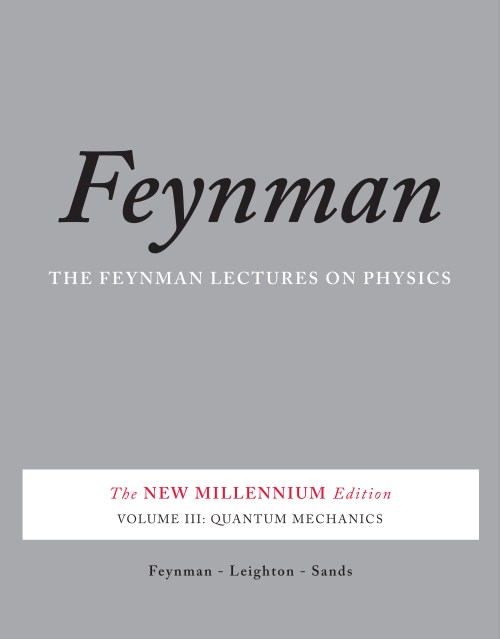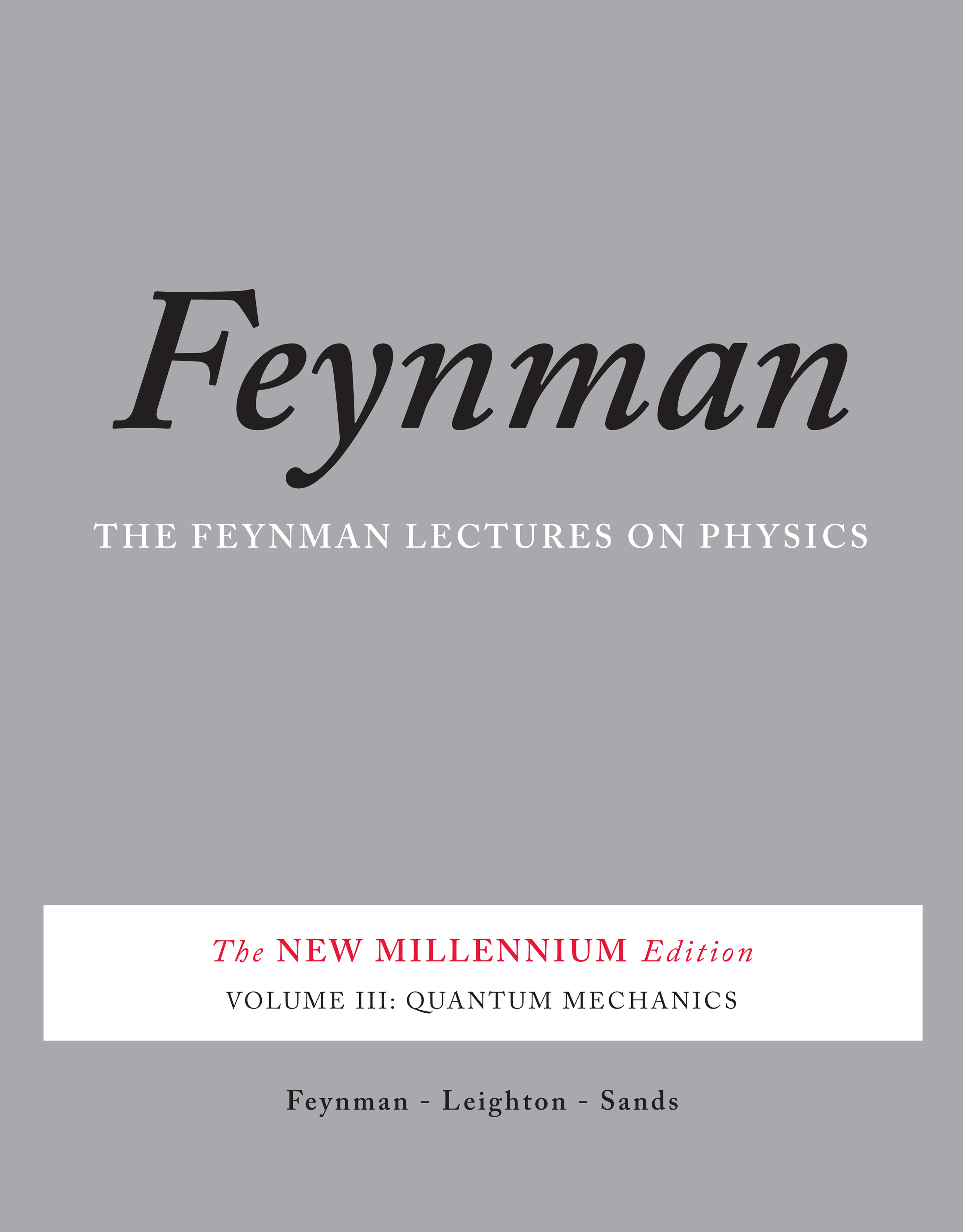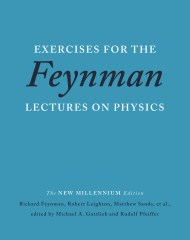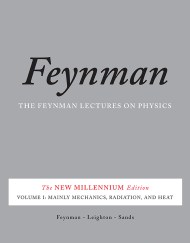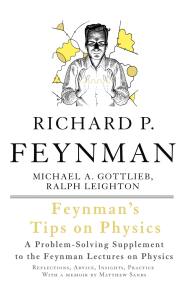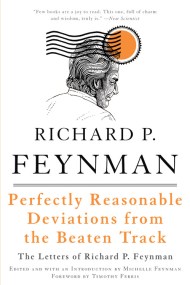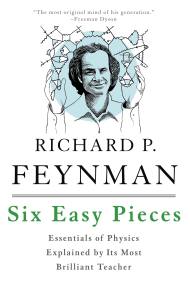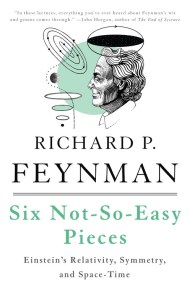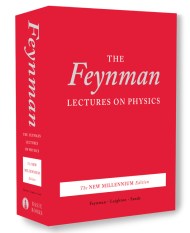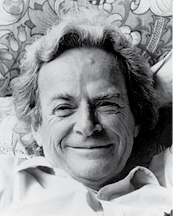By clicking “Accept,” you agree to the use of cookies and similar technologies on your device as set forth in our Cookie Policy and our Privacy Policy. Please note that certain cookies are essential for this website to function properly and do not require user consent to be deployed.
The Feynman Lectures on Physics, Vol. III
The New Millennium Edition: Quantum Mechanics
Contributors
By Robert B. Leighton
By Matthew Sands
Formats and Prices
Price
$35.99Price
$46.99 CADFormat
This item is a preorder. Your payment method will be charged immediately, and the product is expected to ship on or around September 29, 2015. This date is subject to change due to shipping delays beyond our control.
Also available from:
“The whole thing was basically an experiment,” Richard Feynman said late in his career, looking back on the origins of his lectures. The experiment turned out to be hugely successful, spawning publications that have remained definitive and introductory to physics for decades. Ranging from the basic principles of Newtonian physics through such formidable theories as general relativity and quantum mechanics, Feynman’s lectures stand as a monument of clear exposition and deep insight.
Timeless and collectible, the lectures are essential reading, not just for students of physics but for anyone seeking an introduction to the field from the inimitable Feynman.
Genre:
- On Sale
- Sep 29, 2015
- Page Count
- 1200 pages
- Publisher
- Basic Books
- ISBN-13
- 9780465040834
Newsletter Signup
By clicking ‘Sign Up,’ I acknowledge that I have read and agree to Hachette Book Group’s Privacy Policy and Terms of Use
